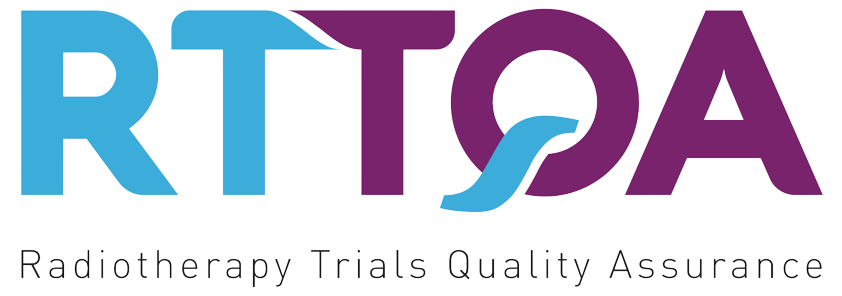RTTQA have provided external dosimetry audits for credentialing of new techniques and clinical trials for many years. Some of the audits undertaken have included:
- START1 – breast
- RT012 – prostate
- Stanford V (2004-2006) – Hodgkin’s Lymphoma
- PARSPORT3 – H&N
- IMPORT Low (2007-2011) – breast
- CHHiP4 – prostate
In addition, RTTQA collaborates with the National Physical Laboratory (NPL) on a number of national audits such as the rotational IMRT audit5, the cervix HDR brachytherapy audit6 (for the INTERLACE trial), the lung SABR audit7 (also in collaboration with the UK SABR Consortium) and the spine SABR audit. The SABR dosimetry audits are ongoing. RTTQA have also provided external dosimetry audits using the ArcCheck and PAPA phantoms for IMRT and rotational techniques.
RTTQA work closely with the NPL and the IPEM inter-departmental audit (IDA) Group to ensure all centres are credentialed for the radiotherapy techniques used within clinical trials. Audits from these groups as well as from international RT QA groups, e.g. IROC, EORTC and ACDS (for TROG), are also evaluated for streamlining for trial participation.
RTTQA require centres to have a valid external, independent dosimetry audit for the technique and equipment being used within a minimum of 5 years. Departments undergoing any major changes in equipment (e.g. new linac type, TPS, algorithm or beam model) or technique must be re-audited.
RTTQA are working alongside NPL and IDA to enable the standardisation of QA protocols and audit reporting, therefore allowing for consistency and continuity in terms of measurement and reporting processes. A framework is being set up to develop protocols for follow-up audits of newly implemented techniques once initial trial and/or audits have been completed or the trials closed. This will ensure accuracy is being maintained and standards continue to be met as techniques and equipment evolve over time.
- Venables K, Winfield E, Deighton A, Aird EGA, Hoskin PJ. The START trial-measurements in semi-anatomical breast and chest wall phantoms. Phys Med Biol 2001;46(7):1937–48.
- Moore AR, Warrington AP, Aird EG, Bidmead AM, Dearnaley DP. A versatile phantom for quality assurance in the UK Medical Research Council (MRC) RT01 trial in conformal radiotherapy for prostate cancer. Radiother Oncol 2006;80(1):82–5.
- Clark CH, Miles EA, Urbano MT, et al. Pre-trial quality assurance processes for an intensity-modulated radiation therapy (IMRT) trial: PARSPORT, a UK multicentre Phase III trial comparing conventional radiotherapy and parotid-sparing IMRT for locally advanced head and neck cancer. Br J Radiol 2009;82(979):585–94.
- Naismith O, Mayles H, Bidmead M, et al. Radiotherapy Quality Assurance for the CHHiP Trial: Conventional Versus Hypofractionated High-Dose Intensity-Modulated Radiotherapy in Prostate Cancer. Clin Oncol (R Coll Radiol). 2019;31(9):611-620.
- Clark CH, Hussein M, Tsang Y, et al. A multi-institutional dosimetry audit of rotational intensity-modulated radiotherapy. Radiother Oncol 2014;113(2):272-8.
- Díez P, Aird EGA, Sander T, et al. A multicentre audit of HDR/PDR brachytherapy absolute dosimetry in association with the INTERLACE trial (NCT015662405). Phys Med Biol 2017;62(23):8832-8849.
- Distefano G, Lee J, Jafari S, et al. A national dosimetry audit for stereotactic ablative radiotherapy in lung. Radiother Oncol 2017;122(3):406-410.
